2019, my trip (Ningbo, Suzhou, Hefei, Huainan, Beijing, Jiujiang, Jingdezhen, Changsha, Hengyang, Xiangtan)
Taking stock of 2019, I stayed for a total of 35 nights when traveling to other provinces and cities, 32 of which were self-driving tours. This is more than 2018 (10 nights), but less than 2015 (36 nights) and 2017 (45 nights). Travel in 2019 includes Ningbo, Shaoxing, Suzhou, Wuxi, Ma 'anshan, Hefei, Huainan, Beijing, Jiujiang, Jingdezhen, Changsha, Hengyang, Xiangtan, Fuzhou and other places.
There were 9 self-driving tours in 2019, with a total mileage of 8810 kilometers.
My preferred travel destinations are mainly national key Buddhist monasteries in Han nationality areas, national key cultural relics protection units, famous Chinese historical and cultural towns, and famous Chinese historical and cultural villages.
12 national key Buddhist temples in Han nationality areas.
February 5, 2019, Ashoka Temple in Ningbo.

June 1, 2019, Xiyuan Temple, Suzhou.

August 18, 2019, Xiyuan Temple, Suzhou.

October 3, 2019, Mingjiao Temple in Hefei.
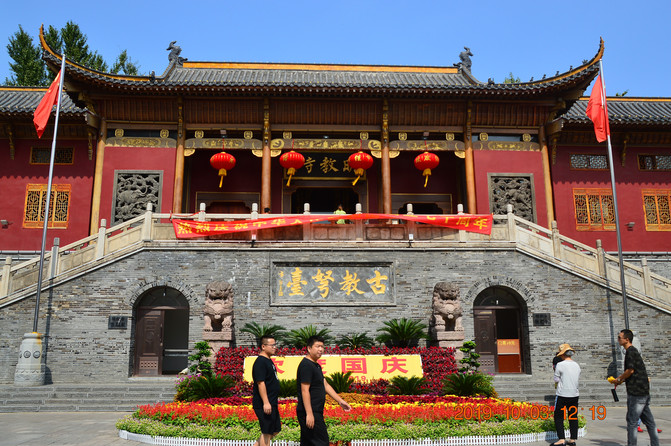
October 6, 2019, Tianning Temple, Changzhou.

October 26, 2019, Guangji Temple, Beijing.

October 26, 2019, Lama Temple, Beijing.

November 10, 2019, Yingjiang Temple in Anqing.

November 12, 2019, Donglin Temple in Jiujiang.
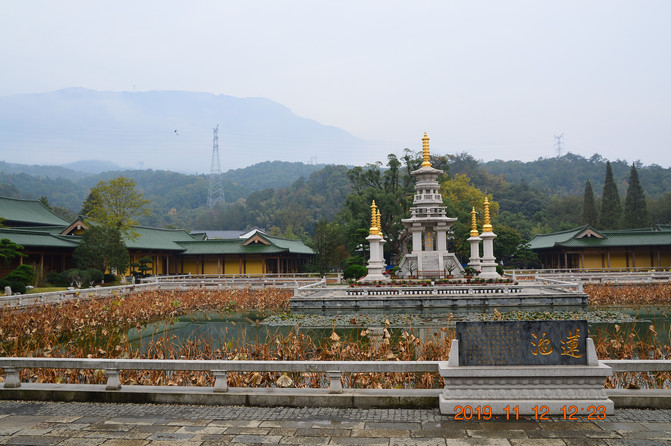
November 16, 2019, Jingci Temple in Hangzhou.

December 11, 2019, Lushan Temple in Changsha.

December 12, 2019, Kaifu Temple in Changsha.

December 14, 2019, Hengshan Zhusheng Temple.

38 national key cultural relics protection units.
Among the above-mentioned key temples, Ashoka Temple, Guangji Temple, Yonghe Temple, and Jingci Temple are national key cultural relics protection units.
Cicheng Ancient Building Complex is the sixth batch of national key cultural relics protection units announced by the State Council on May 25, 2006. It is an ancient building category. It is located in Ningbo City. The Confucius Temple in Cicheng is one of the "National Security" packages and reviews here.
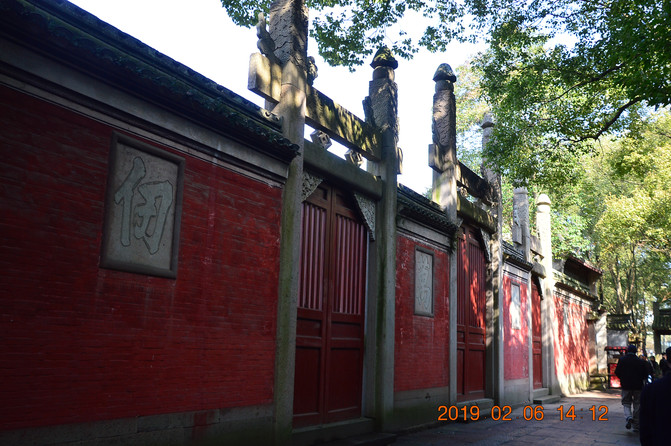
Cao 'e Temple, the seventh batch of national key cultural relics protection units announced by the State Council on March 5, 2013, is an important historical site and representative building category in modern times. The era dates from 1936 and is located in Shangyu District, Shaoxing City.
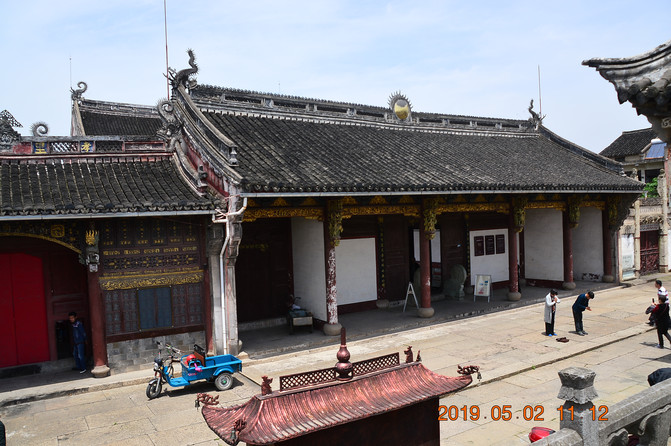
The Beijing-Hangzhou Grand Canal is the sixth batch of national key cultural relics protection units announced by the State Council on May 25, 2006. It is an ancient building and dates from the Spring and Autumn Period to the Qing Dynasty. Wuxi Qingming Bridge is one of the "National Security Officers" that has been evaluated here, and its address is Wuxi City.

Taibai Building, the seventh batch of national key cultural relics protection units announced by the State Council on May 3, 2013, is an ancient building, the Qing Dynasty, and is located in Maanshan City.

The old house of the Li family is the seventh batch of national key cultural relics protection units announced by the State Council in March 2013. It is an important historical site and representative building category in modern times. It is in the Qing Dynasty and is located in Hefei City.

The ancient city wall of Shou County is the fifth batch of national key cultural relics protection units announced by the State Council on June 25, 2001. It is an ancient building, dating from the Song Dynasty to the Qing Dynasty, and is located in Shou County, Huainan City.

The Confucius Temple in Shou County, the seventh batch of national key cultural relics protection units announced by the State Council in March 2013, is an ancient building. The period is from the Ming to the Qing Dynasty. It is located in Shou County, Huainan City.

Anfengtang (Keobi), the third batch of national key cultural relics protection units announced by the State Council on January 13, 1988, is an ancient building. The period is the Spring and Autumn Period. It is located in Shou County, Huainan City.

Tiananmen Square, the first batch of national key cultural relics protection units announced by the State Council on March 4, 1961, is revolutionary sites and revolutionary commemorative buildings. The founding ceremony of the founding of the country in 1949 was held here. It was built in the Ming Dynasty and has been rebuilt several times. It is located in Beijing City.

The Monument to the People's Heroes, the first batch of national key cultural relics protection units announced by the State Council on March 4, 1961, dates from 1958, revolutionary sites and revolutionary commemorative buildings, dates from 1958, and addresses in Beijing City.

Lu Xun's former residence in Beijing is the sixth batch of national key cultural relics protection units announced by the State Council on May 25, 2006. It is an important historical site and representative building category in modern times. The period is from 1924 to 1926. It is located in Beijing City.

Beihai and Tuancheng, the first batch of national key cultural relics protection units announced by the State Council on March 4, 1961, are ancient buildings and historical commemorative buildings, the era is Ming and Qing Dynasties, and the address is in Beijing City.

The Red Building of Peking University, the first batch of national key cultural relics protection units announced by the State Council on March 4, 1961, is a revolutionary site and revolutionary memorial building category, with an address in Beijing City.

Jingshan is the fifth batch of national key cultural relics protection units announced by the State Council on June 25, 2001. It is in the category of ancient buildings. The times are Ming and Qing Dynasties, and its address is in Beijing City.

Zhenfeng Tower, the sixth batch of national key cultural relics protection units announced by the State Council on May 25, 2006, is an ancient building category, the era is Ming, and its address is in Anqing City.

Shitai Shidi, the sixth batch of national key cultural relics protection units announced by the State Council on May 25, 2006, is ancient buildings, the era is Qing Dynasty, and is located in Anqing City.

Bailudong Academy is the third batch of national key cultural relics protection units announced by the State Council on January 13, 1988. It is an ancient building. It is in the Qing Dynasty and is located in Jiujiang City.

The ancient buildings and moments of Shizhong Mountain are the seventh batch of national key cultural relics protection units announced by the State Council on March 5, 2013. They are ancient buildings, from the Tang Dynasty to the Republic of China, and are located in Hukou County, Jiujiang City.

The former site of the Lushan Conference and the Lushan Villa Building Complex are the fourth batch of national key cultural relics protection units announced by the State Council on November 25, 1996. They are important historical sites and representative buildings in modern times, dating from 1902 to 1937. The former site of the Guling Officer Training Corps is one of the "National Security" packages and evaluations here. It is divided into two buildings: the Teaching School (now Lushan Building) and the Auditorium (former site of the Lushan Conference). The address is in Jiujiang City.


Meilu Villa is also one of the "Lushan Conference Site and Lushan Villa Building Complex".

Lushan Imperial Stele Pavilion, the seventh batch of national key cultural relics protection units announced by the State Council on May 3, 2013, is an ancient building, the era is Ming, and is located in Jiujiang City.

The site of Yaoli adaptation is the seventh batch of national key cultural relics protection units announced by the State Council on March 5, 2013. It is an important historical site and representative building category in modern times. It dates from 1938 and is located in Fuliang County, Jingdezhen City.

Liuyang Confucian Temple, the seventh batch of national key cultural relics protection units announced by the State Council on March 5, 2013, is an ancient building, the Qing Dynasty, and is located in Liuyang City.

Tan Sitong's former residence is the fourth batch of national key cultural relics protection units announced by the State Council on November 25, 1996. It is an important historical site and representative building category in modern times. It is in the Qing Dynasty and is located in Liuyang City.

Tianxin Pavilion Ancient City Wall is the seventh batch of national key cultural relics protection units announced by the State Council on March 5, 2013. It is an ancient building, the era is Ming, and its address is in Changsha City.

The early building complex of Hunan University, the seventh batch of national key cultural relics protection units announced by the State Council on March 5, 2013, is an important historical site and representative building category in modern times. The period is from 1920 to 1950, and is located in Changsha City. The auditorium of Hunan University is one of the "National Security Council" here.

"National Security Council" Science Museum in the early buildings of Hunan University.

Yuelu Academy, the third batch of national key cultural relics protection units announced by the State Council on January 13, 1988, is in the category of ancient buildings, the era is Qing Dynasty, and is located in Changsha City.

Aiwanting is the seventh batch of national key cultural relics protection units announced by the State Council on March 5, 2013. It is an important historical site and representative building category in modern times. It covers the period from 1913 to 1918 and is located in Changsha City.

The former site of the Xinmin Society is the seventh batch of national key cultural relics protection units announced by the State Council on March 5, 2013. It is an important historical site and representative building category in modern times. It dates from 1918 and is located in Changsha City.

The former site of the First Normal School of Hunan Province, the sixth batch of national key cultural relics protection units announced by the State Council on May 25, 2006, is an important historical site and representative building category in modern times, the era of the Republic of China, and the address is in Changsha City.

Nanyue Temple, the sixth batch of national key cultural relics protection units announced by the State Council on May 25, 2006, is an ancient building. The period is from the Ming to the Qing Dynasty, and is located in Nanyue District, Hengyang City.

Fuhoutang is the sixth batch of national key cultural relics protection units announced by the State Council on May 25, 2006. It is an important historical site and representative building category in modern times. It is located in Shuangfeng County, Loudi City.

The former residence of Chairman Mao in Shaoshanchong, the list of the first batch of national key cultural relics protection units announced by the State Council on March 4, 1961, revolutionary sites and revolutionary commemorative buildings, dates from 1893, and addresses in Shaoshan City.

Liu Shaoqi's former residence is the third batch of national key cultural relics protection units announced by the State Council on January 13, 1988. It is an important historical site and representative building category in modern times. It dates from 1898 to 1916 and is located in Ningxiang City.

Lujiang Academy is the seventh batch of national key cultural relics protection units announced by the State Council on March 5, 2013. It is an important historical site and representative building category in modern times. It is in the Qing Dynasty and is located in Liling City.
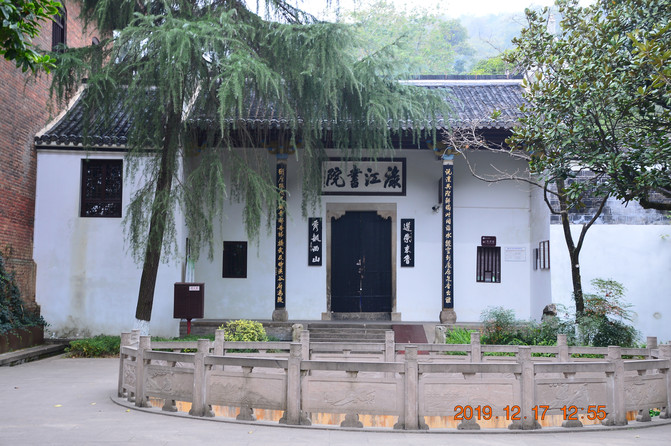
3 famous historical and cultural towns in China.
Cicheng Town, Jiangbei District, Ningbo City, is the second batch of famous historical and cultural towns in China.

Yaoli Town, Fuliang County, is the second batch of famous historical and cultural towns in China.

Jinggang Town, Wangcheng District, Changsha City, is the fourth batch of famous historical and cultural towns in China.

A famous Chinese historical and cultural village.
Zhongxie Village, Jidong Town, Shaoxing County, is the fifth batch of famous historical and cultural villages in China.

In addition to the above, what is unforgettable are:
Changshu Zeng Garden Zhao Garden.

Changshu Shanghu.

Ma 'anshan Caishi Rock.

Lushan Mountain is like Qin Lake.

Orange Island, Changsha.

Among the 35 nights of stay, 21 nights were in listed five-star hotels. Five-star hotels may seem high-quality, but their consumer prices are much more "people-friendly" than in previous years. There are 21 nights of accommodation in five-star hotels, including 12 nights including double breakfast, with an average price of 398.48 yuan. Among them, the accommodation price exceeds 500 yuan for only 2 nights. The most expensive one is Nikko Hotel Wuxi, which costs 572 yuan; the price below 300 yuan has 3 nights. The cheapest one is Xiangtan Panlong Villa Hotel, which costs 273 yuan.
The most satisfied room facilities is the Sheraton Ligang Hotel Hefei Xinzhan, which is listed as a five-star hotel.


The most beautiful scenery outside the window is Liuyang Yintian Hotel. It is listed as a five-star hotel and has a large balcony facing the Liuyang River.

The hotel's most satisfied breakfast buffet is Changsha Xiaoxiang Huatian Hotel, which is listed as a five-star hotel. The freshly made Hunan rice noodles are delicious, and you can add braised beef at your disposal.



The most unforgettable restaurant is Huaishang Doufu in Huainan.

Pocket tofu.

Butterflies with bean skins are scattered.

Small steamed tofu buns.

Previous Article:Accidental visit to the secluded residence of a saint--Fenghua 16 kilometers on foot
Next Article:A trip to Ningbo in July starts a wave of water-playing tours
